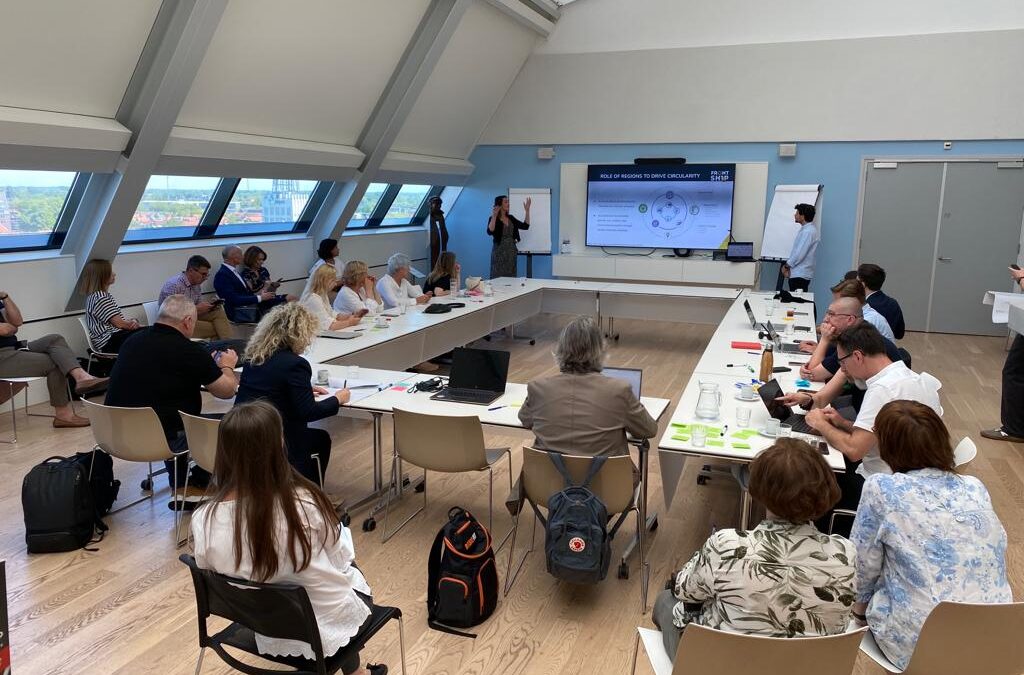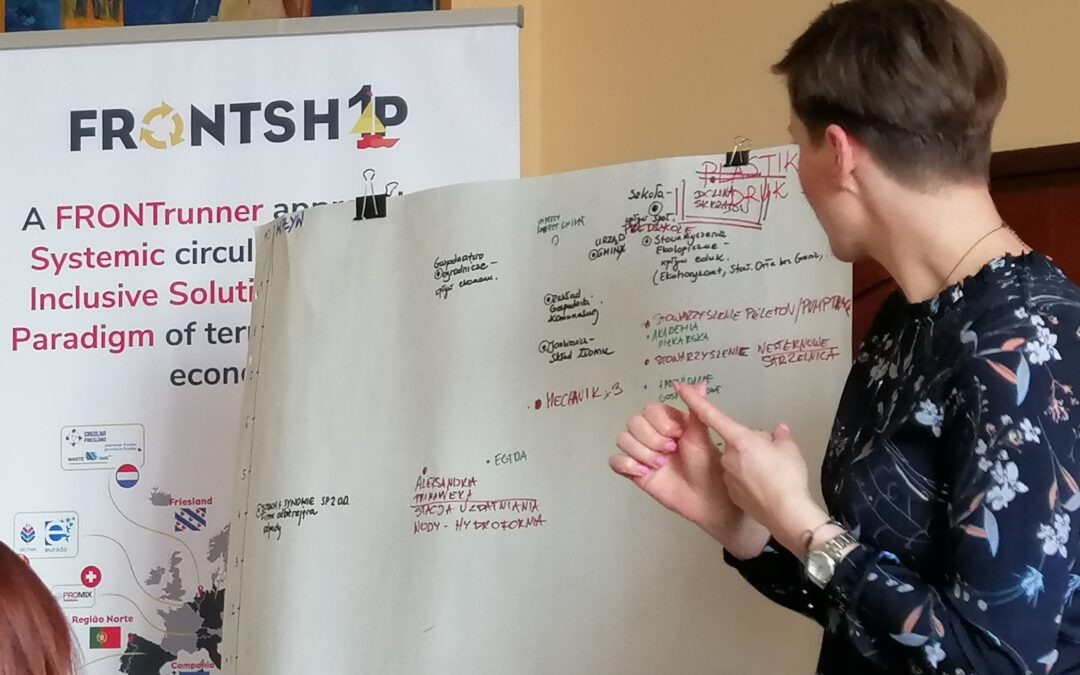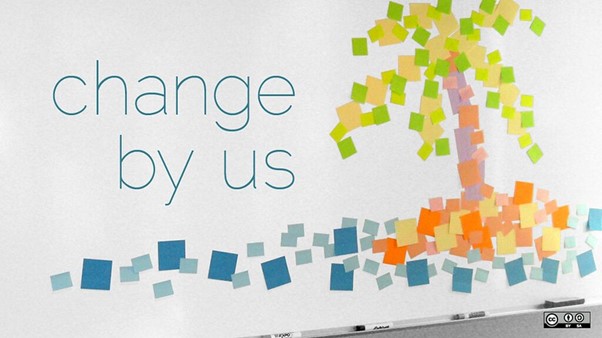Authors: Alberto Reis & Rafał Łukasik
The FRONTSH1P project contains 4 major Circular Systemic Solutions (CSSs) strongly linked to each other. All CSSs create a circular value chain within each CSSs as well as in the cross-cutting approach, i.e., on a higher level of the entire project. More specifically, each CSSs is built on a well-developed network of information, data, and material exchange, which depend on each other to close the loop foreseen by the application of a circular approach. CSS3 entitled “Water and Nutrients” aims to further develop to higher TRL a compact wastewater management unit for nutrients (P, N, K) extraction from agricultural wastewaters and a bigger plant for municipal wastewater both using microalgae to produce circular bio-stimulants from wastewaters and to close the water loop and recycle clean water. All these will be embedded into a sustainable-oriented improvement of products through life cycle thinking and eco-design fitted into technological, economic, social, and environmental dimensions considered in the FRONSTH1P project.
FRONTSH1P has the ambition to be a frontline project in bioenergy carbon capture and utilisation initiatives by demonstrating the carbon capture advantages in a territorial circular economy cluster. For this purpose, a compact post-combustion capture (PCC) unit from CSS1 operating with appropriate solvents for CO2 capture will be designed, built, and tested at the NTUA facilities. In-house experimental and literature results will be exploited for validating thermodynamic models that describe the absorption of CO2, to develop a specific tool for the design of the entire syngas combustion and PCC processes in industrial settings. The tool will enable mapping the operations and selecting key parameters and plant configurations for both demo scale and industrial scale technology deployment based on a process optimisation approach. The concept investigated foresees that the biomass gasifier will be connected to an existing industrial-scale natural gas boiler. First, standalone syngas combustion characteristics will be evaluated for possible boiler modifications functional to achieving satisfactory operating windows. Combustion tests will then be performed with methane/syngas mixtures that will replicate biogas/syngas co-firing. Finally, a validation of the CSS1 thermodynamic model with demo plant data will be performed.
The application of the circular approach for the valorisation of wood packaging waste allows for the transition from fossil fuels to renewable syngas for heating purposes. When combined with post-combustion capture of CO2, the proposed CCS1 solution supports the effective decarbonisation of the heating sector in both centralised and decentralised contexts, and significantly reduces GHG emissions and decreases forest depletion, possibly even allowing for a negative emission balance. Further utilization of CO2 within industrial processes (e.g., to replace foaming agents in the plastic industry) will assist the decarbonisation of the built environment while symbiotically replacing substances with higher toxicity currently employed in the industry. To close the loop within the boundaries of the FRONTSH1P project, the valorisation of wastewater and CO2 from anthropogenic origin should occur in the same fields of application of the other CSSs. For this purpose, biofertilisers utilisation will be investigated in connection with CSS2 “Food and Feed”, while CO2 valorisation will be analysed in the context of CSS1 and 4. In CSS2, biostimulants will be tested as an additive for compost to enhance the fertility of marginal lands ensuring further reduction of synthetic fertiliser input and providing organic carbon to the soil.
Not only valuable products, but also data will be exchanged among the different WPs. The data collection methodology is being defined in close cooperation with WP2, which develops a regional systemic circular economic approach, and other CSSs to analyse the policy framework and the market analysis considering the Łódzkie region as a benchmark. The common approach adopted by all CSSs will not only ensure coordination among partners, but also ease the replication phase of all CSSs in other territories. Instead, the data collected during the implementation of WP5 will be transferred to WP7, concerned with impact generation and assessment to help populate the digital platform that will be developed during the project and to WP8 “replication strategies” to foster the replication of CSS3 in the region of Europe. The interrelated structure of the FRONTSH1P project mirrors the natural need for the multidisciplinary exchange that nurtures a long-term sustainable industrial symbiosis network. In fact, in FRONTSH1P, we are going to see a reflection of the same expert knowledge transfer, information exchange, stakeholder engagement and material flows that will form the backbone of value creation in a full-scale circular system.
To conclude, the successful implementation of CSS3, together with other CSSs will have a long-term leverage effect through the creation of a new agricultural business model around biofertilizers. Furthermore, the engagement of public and private stakeholders in upscaling and replicating/adapting CSS and key enabling technologies (compact and modular wastewater treatment plants) will contribute to the impact achievement of the Circular Economy Action Plan 2030.









